As a designer, you can find inspiration in anything. You might visit a new place and find inspiration in its architecture or sculpture, in a painting or another artwork. After this, you may find yourself following the artist behind those works in your projects. Everything that is created has some form of inspiration.
However, there is a line between following and copying someone else’s work. That line is known are copyright infringement. As a graphic designer, you should know where to draw the line between copying someone else’s work and getting inspired by their work. Another case where the line gets blurry is when you are working on parodies. Parodies are funny, and most often, designers make parodies with respect to the work they like. However, even well-intentioned parodies may violate the original creators’ copyrights, and it could land you in a bit of legal trouble. Before you see how and when to take inspiration from design work for your project, every graphic designer should understand a few essential terms about copyrights.
1. What is Intellectual Property?
Anything original that anyone designs are their intellectual property only if the law protects it. That means if you invent a better the wheel, build a WordPress, draw a picture, name a product, design a character or write a song, your design is your intellectual property until you sell your ownership rights to someone. Intellectual property can even include expressions and innovations of discoveries. The only exception to Intellectual property is with a work-for-hire arrangement. If you have a full-time job, the designs you create are a part of your career and your employer’s intellectual property, not yours.
When a creation is your intellectual property, you have an exclusive right to profit, alter and use it. You even have the right to license your creation to others at your discretion. In simple words, if you write a novel with an imaginary character, another author cannot write a sequel to your book without you licensing the concept and character to them.
Intellectual property is protected legally in 4 ways:
- Copyright: This is usually used for literary and artistic works.
- Patent: Patents are used to protect inventions, technical solutions to existing difficulties and innovations.
- Trademark: Trademark is used to differentiate individual companies’ goods and services from products/ services provided by other companies. Mascots, company names, slogans and other things of branding that are protected with trademarks.
- Trade secrets: Business methods and specific strategies can be legally protected intellectual property under the UTS Act (Uniform Trade Secrets).
In the United States of America, each designer automatically owns the copyright of their work, except if they work-for-hire situations already mentioned. There is no requirement to register a copyright with the Trademark Office and US Patent to get protection using the patenting concept. However, if you want to copyright, you can register it with the US Copyright Office. Also, if you’re going to file a copyright infringement lawsuit, you should first register your copyright.
You also don’t need to register a trademark to use designs exclusively, but its recommended to do so. This way, your company’s name and other branding pieces are identified as yours as far as they are in the United States. To protect your designs and branding abroad, you will have to register your trademark in every country where you operate.
For our purpose, we will only talk about trademark and copyright work. Also, ensure that these rules apply to the United States, so if you are working somewhere outside the United States, the laws applying to your work and their scope would be different. For gaining proper legal advice, you should discuss your situation with your local intellectual property lawyer.
2. Where does Fair Use apply?
The Fair Use policy is an exception in the Copyright Act, which makes using copyright work without taking author’s permission in specific circumstances legal. Some of these circumstances are:
- Scholarly work: You can use copyright work in your college paper or any other published scholarly work only if you reference comment about the copyrighted work. However, you cannot claim copyright work as your own.
- News reporting: If you are reporting news about something and some copyright work is relevant to your news, you can simply mention it without thinking about copyright infringement. This also includes quotes from another news article to your story.
- Criticism: Similar to a piece of news or scholarly critique, you can use Copyright work in your published criticism work. For example, writing book critics is not illegal.
- Teaching: Sometimes teaching with existing pieces of work is the most effective way to deliver knowledge. You may use a poster for a movie or a phrase from a book to explain your lessons to your students. These are acceptable ways to use copyright work under the fair use policy.
- Parody: Using a copyright design for criticism through parody, an exaggerated impression of the design for critical or comedic purposes, is allowed under the fair use policy only if the parody is transformative in any way. Parody can be a funny worry, video or text.
- Transformative: There’s a critical difference between copyright infringement and fair use. An imitative work which simply uses copyrighted characters, ideas, names and concepts isn’t a parody. However, a work that takes copyrighted work and twists them in a way that is easy to understand the original work for consumers is indeed a parody. Sometimes the new way to understand the original work is being able to laugh at the fact how the parody mocks the original content. Parodying famous logos is an example of fair use of copyrighted work.
The transformative nature of designs is not the only factor to separate copyright infringement from fair use. Every case of alleged infringement is different, and when the court is given a specific instance, it considers everything given below to determine whether it is a case of copyright infringement:
- Nature of copyrighted work: Some types of work are benefited more from copyright protections more than others, and so these works receive more copyright protection. They include work like novels, movies and other content that need substantial creative work on the creator’s part. On the other hand, a news article or technical paper need less creative effort to produce, and so its use is more likely to be considered under fair use policy.
- Sustainability and amount of copyrighted work used in your work: Basically, you have to determine whether you have used a small piece of someone’s original work to support your point or whether you copied and positioned large portions around insignificant point. Quantity and quality both matter in such cases. In most cases, using a small amount of someone’s original work can be deemed to be fair use as small piece is just the crux of the original work.
- Derivative’s effect on the sales and marketing of the original work: Fair use of a copyrighted work should not hurt the profit of their work. If the court considers a derivative work to impact negatively on the original creator’s sales, it may be regarded as a case of copyright infringement. One such incident happened with Jeff Koons when he created a sculpture which was very similar to Roger’s photograph and so people would recognize it as a copy.
3. Can you use copyrighted work or intellectual property as an inspiration?
There may be an artist out there whose designs inspire you. If you use inspiration from someone else’s work in your own work, when does inspiration become plagiarism? Plagiarism means copying someone else’s work and acting like it is your own without giving credit to the original creator. Inspiration becomes plagiarism when the central idea or the crux of your work is copied.
For example, if an artist’s font pairing and colour scheme inspire you, using the same typography and colours will not come under imitation. Interpreting their ideas differently and using them to your own work in a unique way is considered as getting inspiration. The main concept is that the application of the concept has to be transformative, meaning your work has to be different from the main idea that creates the original artwork. So, it’s always better to play it safe when you are unsure. You should avoid imitation and focus on transforming and evolving the idea to a point where it is hard to find a connection between your work and original work that inspires you.
4. Who has to rights to an artwork?
Let’s consider you have designed something original for your client. Who has the rights in this case? Unless the client is your employer (in such case employer has the rights), it depends on which rights you have decided to sign over to them. If you work as a freelance graphic designer, you have the copyright of everything you design. You own the right to control how your is used commercially and reproduced. If you sell your work, it totally depends on which rights you have agreed to sign over to them. You need to see whether you assign your client the right to display, reproduce, use or make imitations of your work. Unless you give the copyright ownership to your client, the design is yours. This is a safety measure to protect your work from infringement and ensure that your work doesn’t infringe the copyright of someone else’s work.
So when a designer completes and sells the work to a client and signs the Design Transfer Agreement (DTA), the designers sell all the rights of the work to the client. The designer can no longer control how their work is used commercially. So if the client wants to modify the design after you’ve sold it, they are entitled to do it, and the original designer has no say in this matter. In case of copyright infringement, if someone sells a copyrighted image to a client, the original owner can take legal action against the client. The client can further take legal action towards the designer for giving copyrighted images in the first place.
5. So, how to play it safe?
Knowing who has the rights to the work and how to use it is essential. If you are unsure about whether a design idea could potentially be an infringement or good for fair use, you should avoid using that design. You can have a notebook or hard drive for roasting, criticizing or mocking famous figures and brands, but when you are selling and publishing designs, you have to know everything about laws that protect designs. If you have a business or you are a freelancer, it’s good to have a lawyer who can give you the best advice about such issues. This kind of expense is the most valuable investments for your business.
6. What to do if someone stole your designs?
The original content owner who has registered their designs for copyright has full control over their designs. However, before sending a letter to the people who used your designs in their or post a message on social media about your work being copied, do your homework correctly. You should first determine that the work they used your design for does not come under fair use policy. In such cases, it is always good to seek advice from a lawyer before taking any action. In case if the work does not come under fair use policy, you can fight for your designs.
As a designer, it is important to know how to claim your designs rightfully and what scenarios other people can use your designs. Also, you understand the meaning of copyright and intellectual property and in which cases you can use them. Otherwise, if you end up in copyright infringement, you may end up paying hefty fees. These things are important, especially if you are a designer and work as a freelancer or if you have a business.
The post 6 Things Every Designer Should Know About Copyrights appeared first on Web Design Blog | Magazine for Designers.
via https://ift.tt/34af7fL

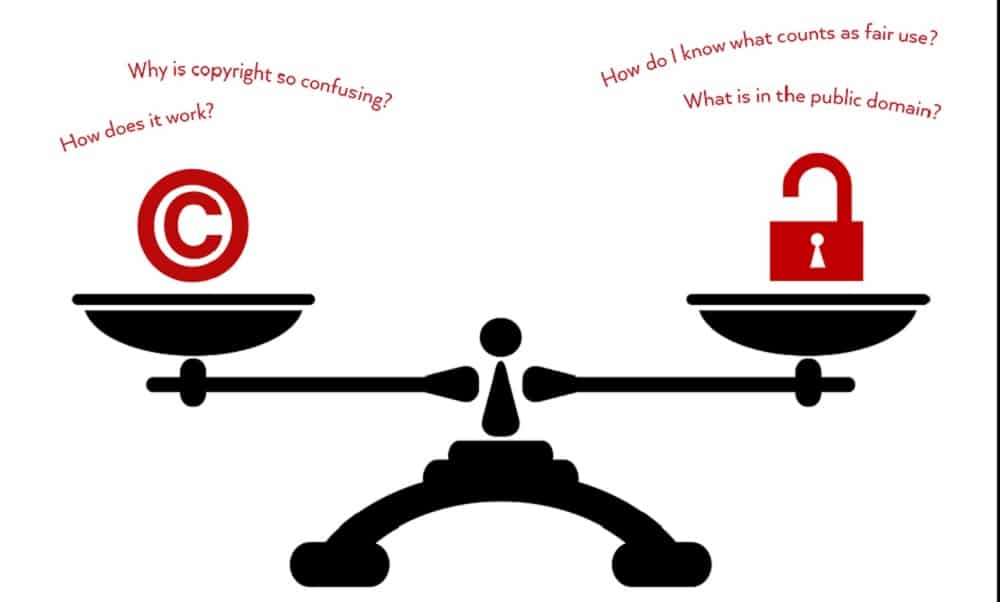
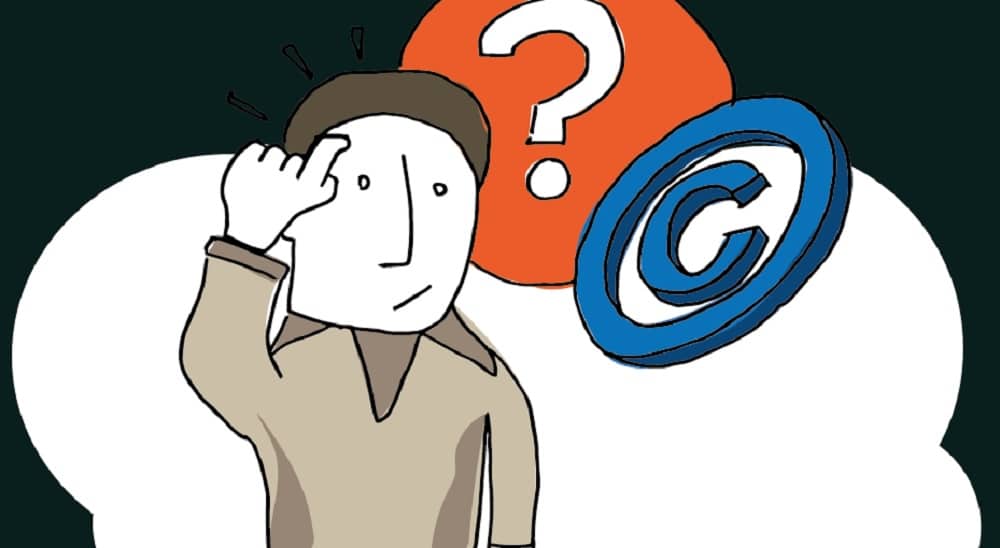
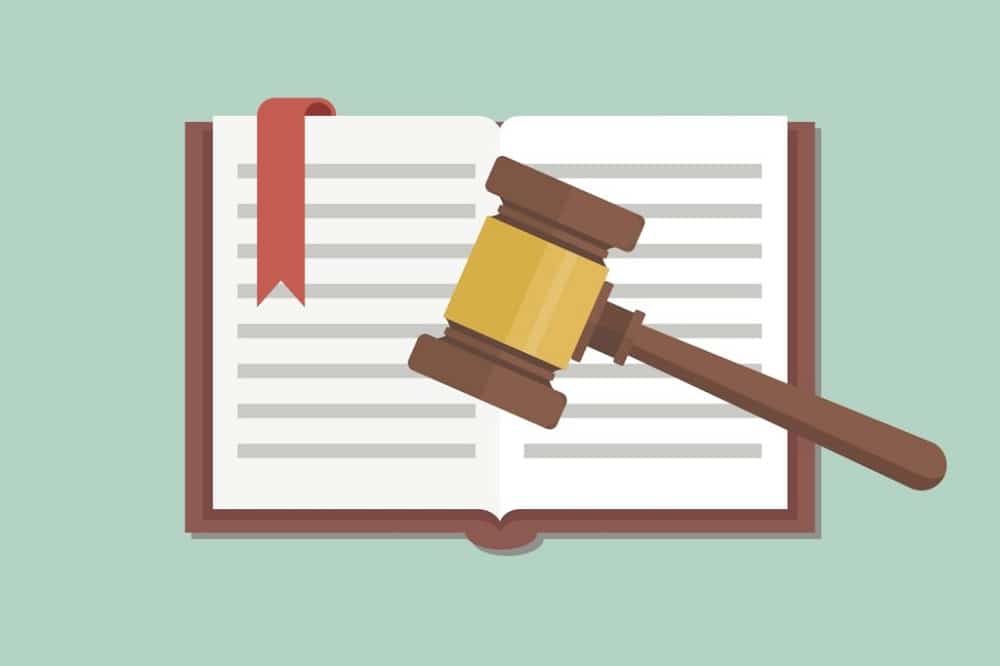
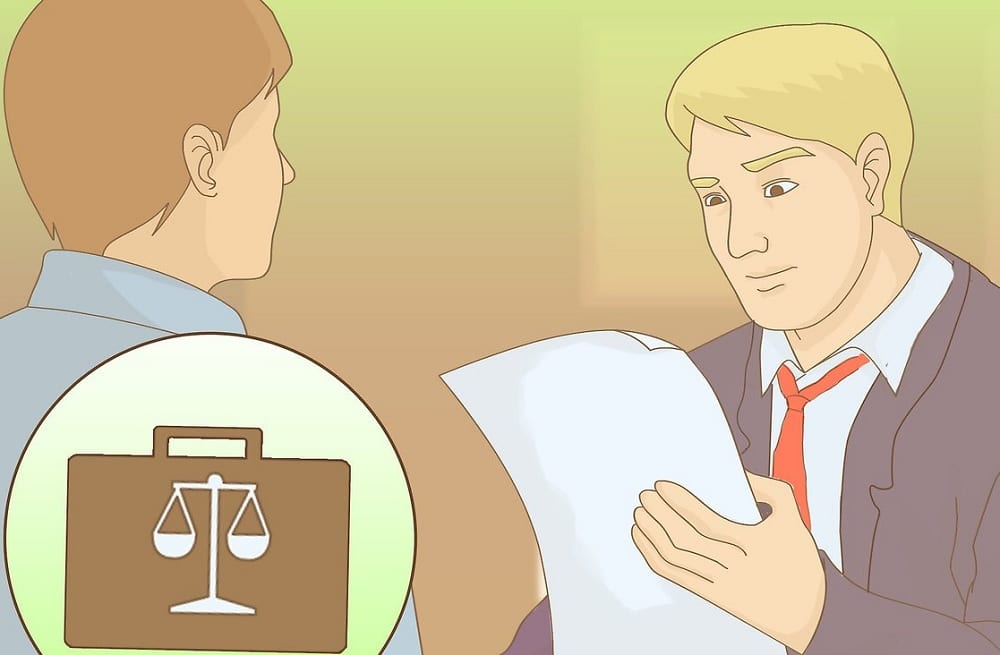
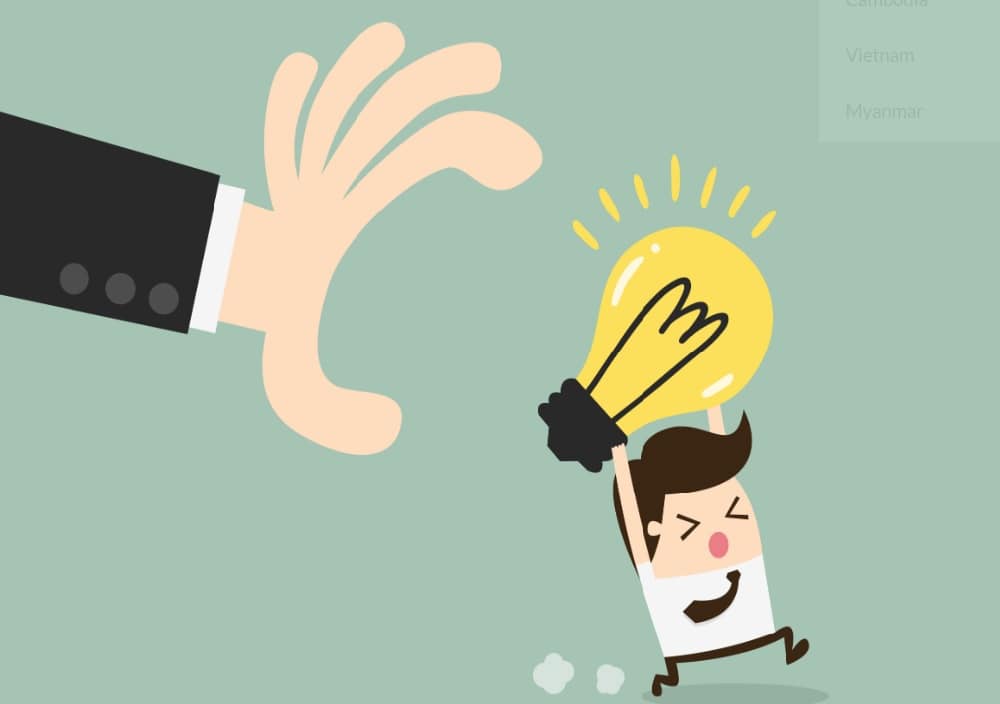

No comments:
Post a Comment